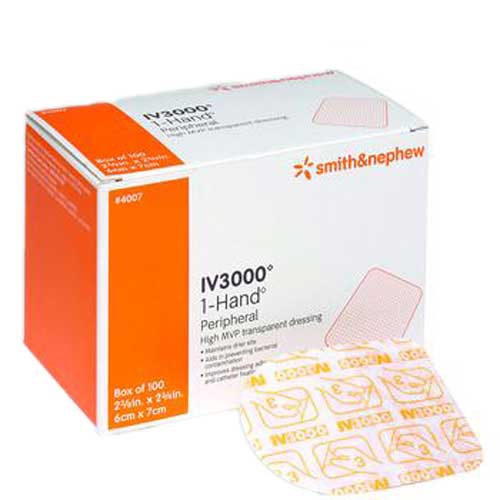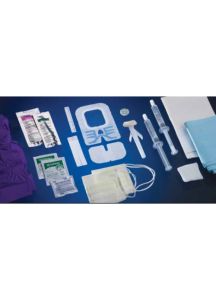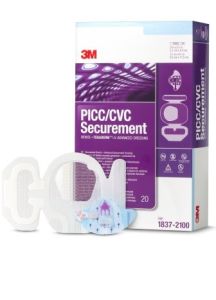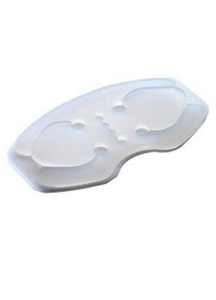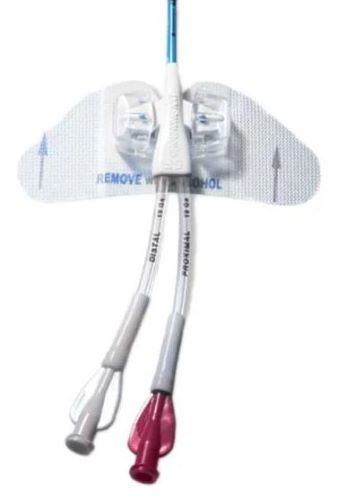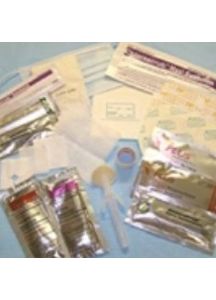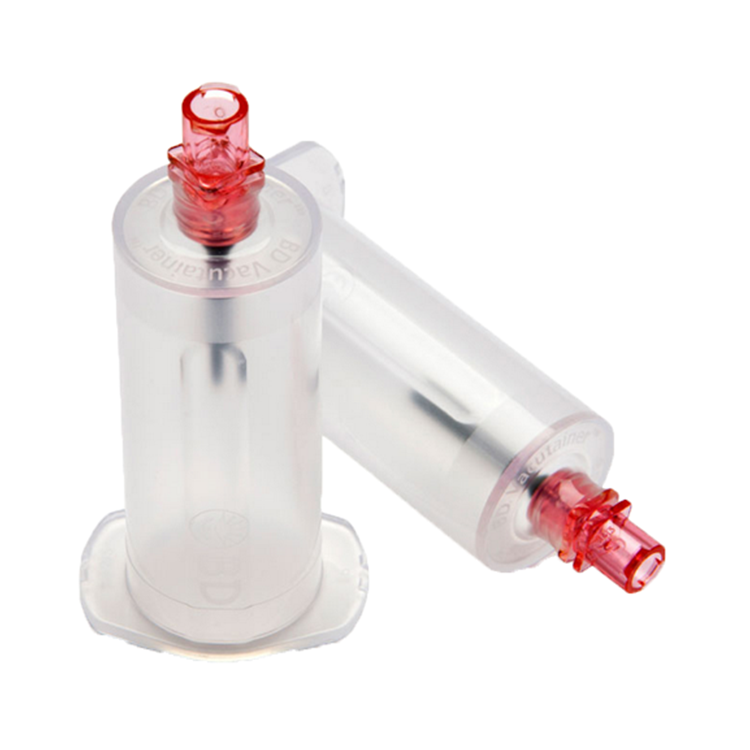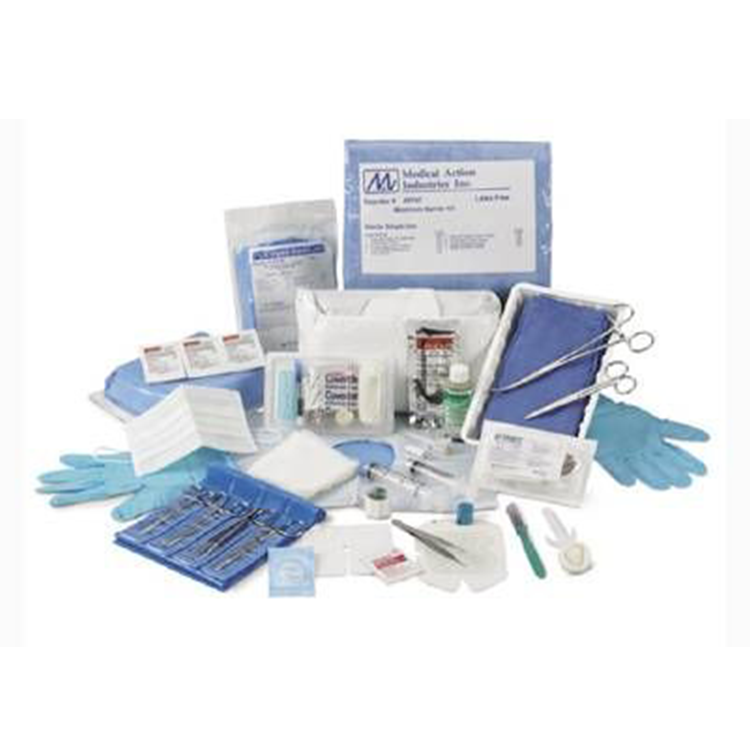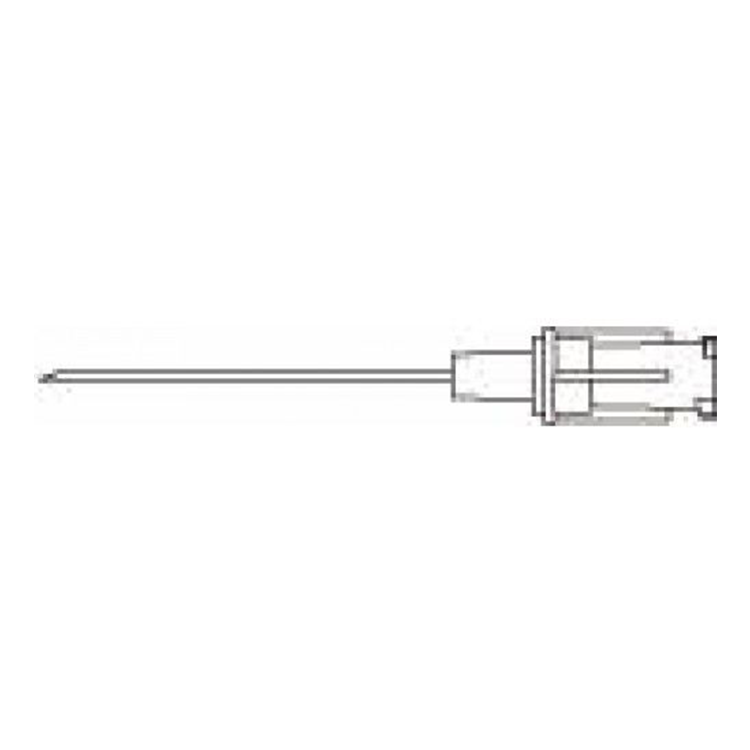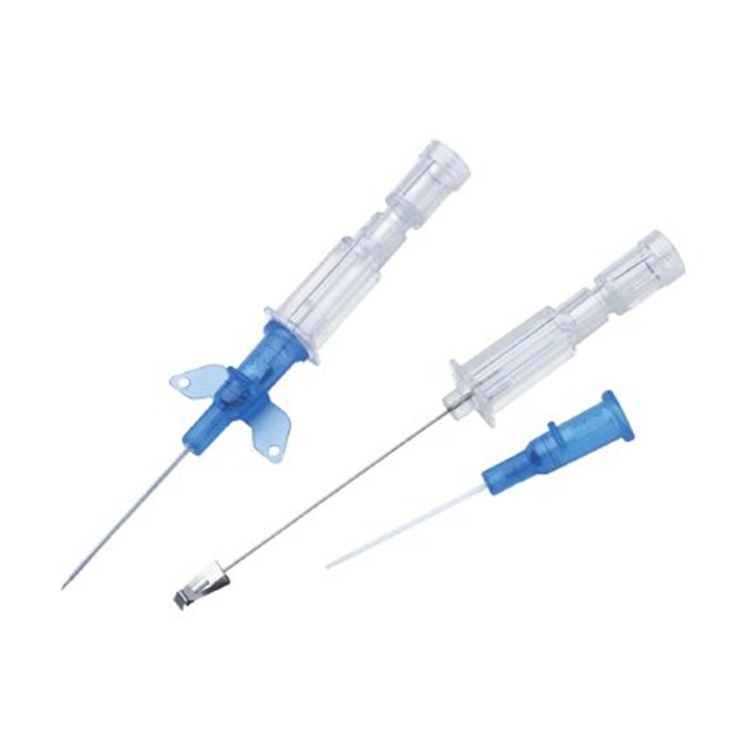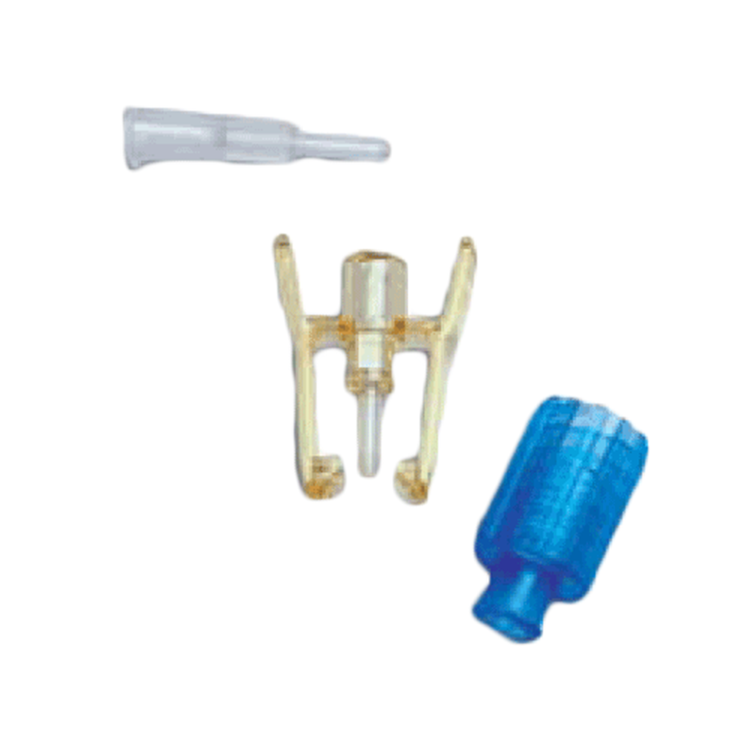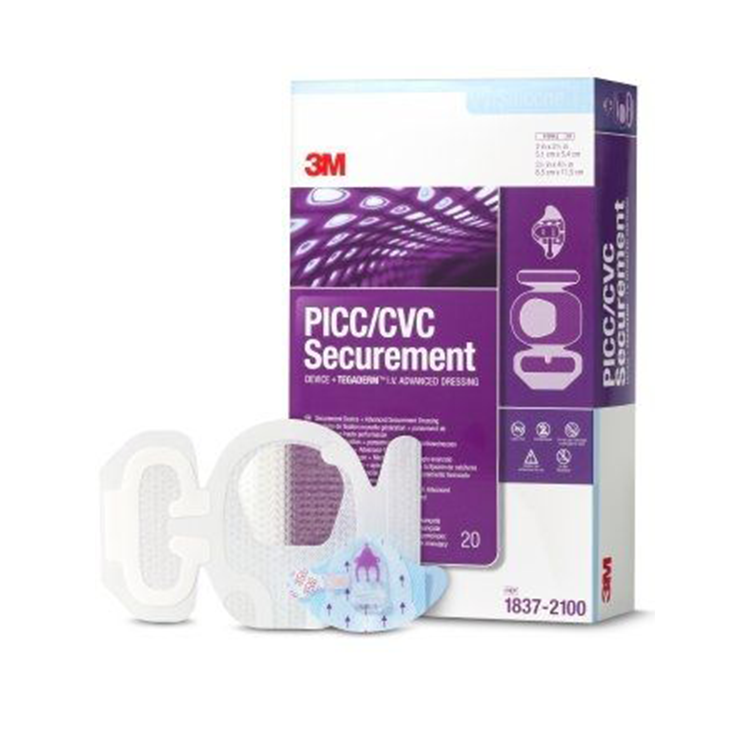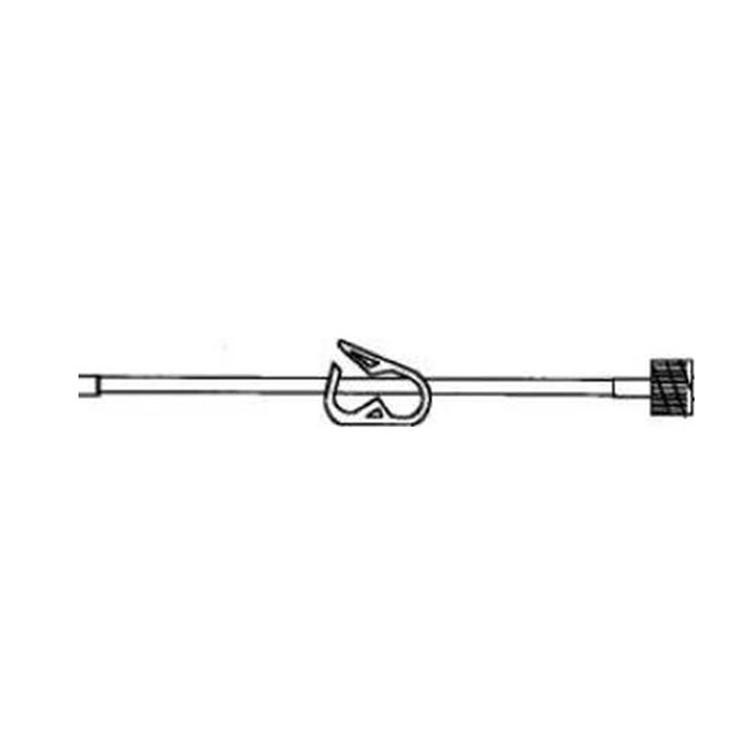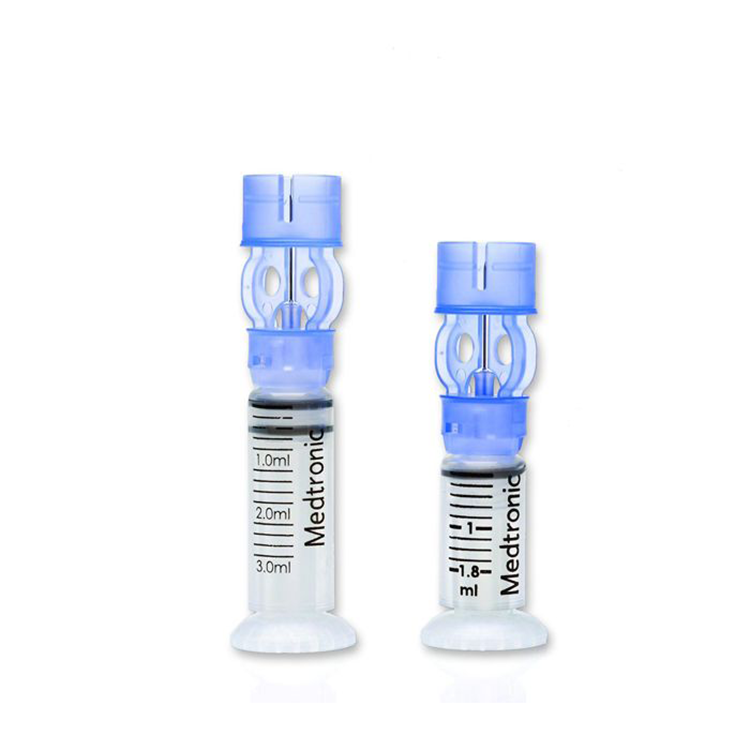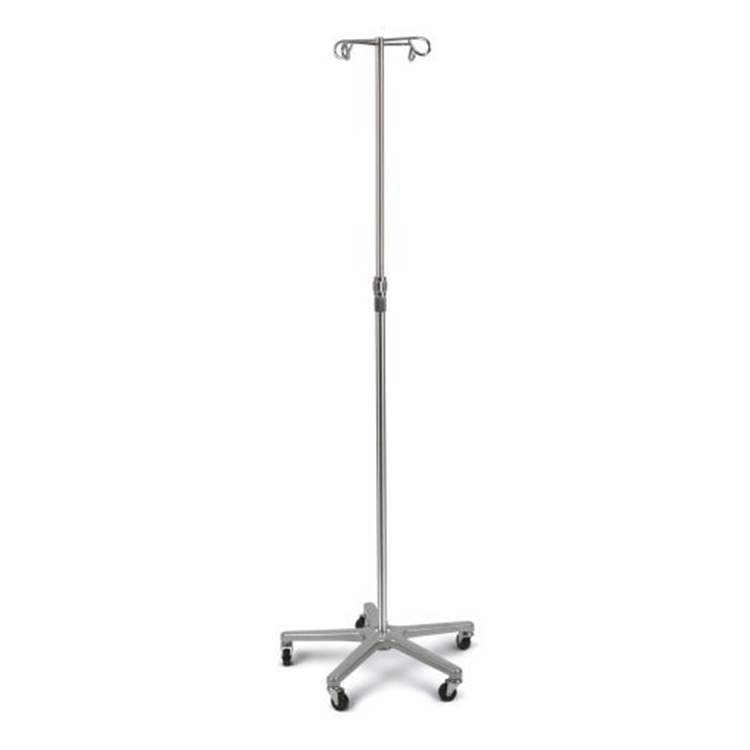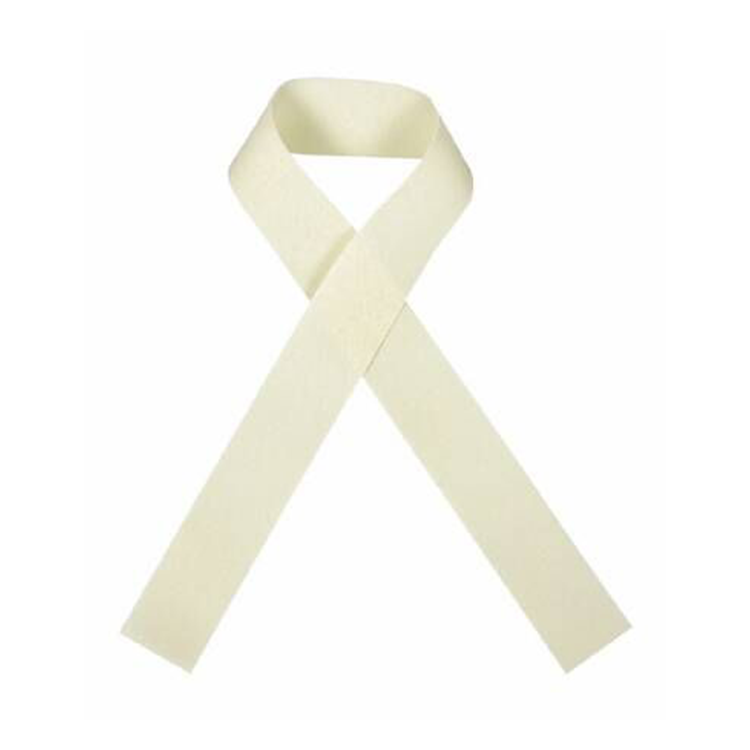What is a PICC Line?
A PICC line (Peripherally Inserted Central Catheter) is a long, thin, flexible tube that is inserted into a vein in the arm and threaded through to the larger veins near the heart. It is used to give medications, fluids, nutrients, and blood products over a long period of time.
Benefits of a PICC Line
A PICC line offers many benefits over traditional IVs. It is less invasive than a central line, and can remain in place for weeks or months. It also allows for easier access to the bloodstream, and can be used to administer medications, fluids, and blood products. Additionally, it can be used to draw blood for lab tests.
Risks of a PICC Line
Although PICC lines are generally safe, there are some risks associated with them. These include infection, blood clots, and damage to the vein. It is important to follow the instructions of your healthcare provider to reduce the risk of complications.
Care of a PICC Line
It is important to take proper care of your PICC line to reduce the risk of infection and other complications. This includes keeping the area clean and dry, avoiding activities that could cause the line to become dislodged, and notifying your healthcare provider if you experience any signs of infection or other complications.
Frequently Asked Questions (FAQ's)
Q: What is a PICC Line?
A: A PICC line (Peripherally Inserted Central Catheter) is a long, thin, flexible tube that is inserted into a vein in the arm and threaded through to the larger veins near the heart. It is used to give medications, fluids, nutrients, and blood products over a long period of time.
Q: What are the benefits of a PICC Line?
A: PICC lines are beneficial because they provide a secure and reliable way to administer medications, fluids, and other treatments over a long period of time. They are also less invasive than other types of central venous catheters, and can be used for both short-term and long-term treatments.
Q: What are the risks associated with a PICC Line?
A: As with any medical procedure, there are risks associated with PICC lines. These include infection, bleeding, and blood clots. Additionally, the catheter may become blocked or dislodged, and there is a risk of damage to the vein.
Q: How is a PICC Line inserted?
A: A PICC line is inserted by a trained healthcare professional. The procedure is typically done in a hospital or clinic setting, and involves the use of a local anesthetic to numb the area. The catheter is then inserted through the skin and into the vein, and is secured in place with sutures or tape.

